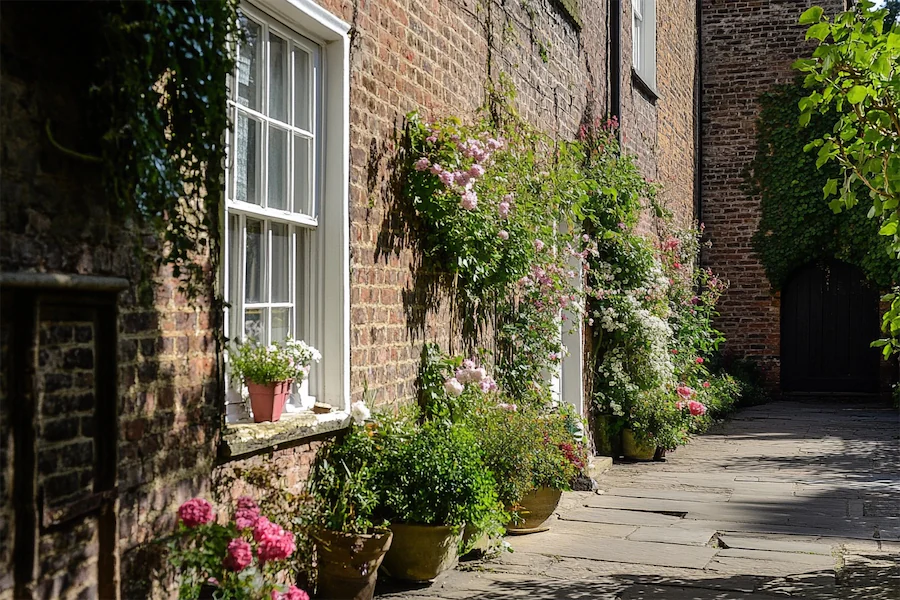Georgian architecture, prevalent during the reigns of the first four British monarchs named George (1714–1830), is renowned for its emphasis on symmetry, proportion, and adherence to classical principles.
A defining element of this architectural style is the design and treatment of walls, both externally and internally.
History and Origins of Georgian Walls
The Georgian era marked a departure from the ornate Baroque style, embracing the restrained and harmonious aesthetics of classical Greek and Roman architecture. This shift influenced wall constructions, leading to the adoption of brick and stone materials arranged in symmetrical patterns. The use of Flemish bond brickwork, characterized by alternating headers and stretchers, became a hallmark of Georgian exteriors.
Key Features of Georgian Walls
- Symmetry and Proportion: Georgian walls are meticulously proportioned, with window and door placements designed to create a balanced and harmonious facade.
- Brickwork: High-quality brickwork, often in red or brown hues, was common. The bricks were typically laid in a Flemish bond pattern, enhancing the visual appeal and structural integrity.
- Stone Accents: Stone quoins (cornerstones), lintels, and decorative elements added contrast and elegance to the brick facades. These stone features were often finely carved, reflecting the craftsmanship of the period.
- Sash Windows: Tall, multi-paned sash windows were uniformly spaced and aligned horizontally and vertically, contributing to the overall symmetry. These windows often featured decorative crowns or pediments.
- Interior Paneling: Inside, walls were adorned with wooden paneling, such as wainscoting, which added warmth and sophistication to the rooms. The paneling was typically painted in light colors to brighten the interior spaces.
Applications of Georgian Walls
Georgian wall designs were applied across various building types, including:
- Residential Homes: From grand country estates to urban townhouses, the principles of Georgian wall construction were utilized to convey elegance and status.
- Public Buildings: Structures such as churches, courthouses, and universities featured Georgian walls, symbolizing stability and order.
- Colonial Architecture: In colonies like the United States, Georgian wall styles were adopted, influencing the architectural landscape of the emerging nation.
Considerations When Choosing Georgian Wall Designs
When considering Georgian wall designs for restoration or new construction, it’s essential to:
- Maintain Proportions: Adhere to the classical proportions that define Georgian aesthetics to preserve authenticity.
- Select Appropriate Materials: Use traditional materials like brick and stone, and employ techniques such as Flemish bond brickwork to replicate the original appearance.
- Incorporate Symmetry: Ensure that windows, doors, and decorative elements are symmetrically arranged to maintain the characteristic Georgian balance.
- Interior Detailing: Include interior wall paneling and moldings that reflect Georgian interior design, enhancing the period feel of the space.
Conclusion
Georgian walls are a testament to an era that valued harmony, proportion, and classical beauty. Whether in historic preservation or new constructions inspired by this style, understanding the key features and applications of Georgian wall designs allows for the creation of spaces that echo the timeless elegance of the 18th and early 19th centuries.
